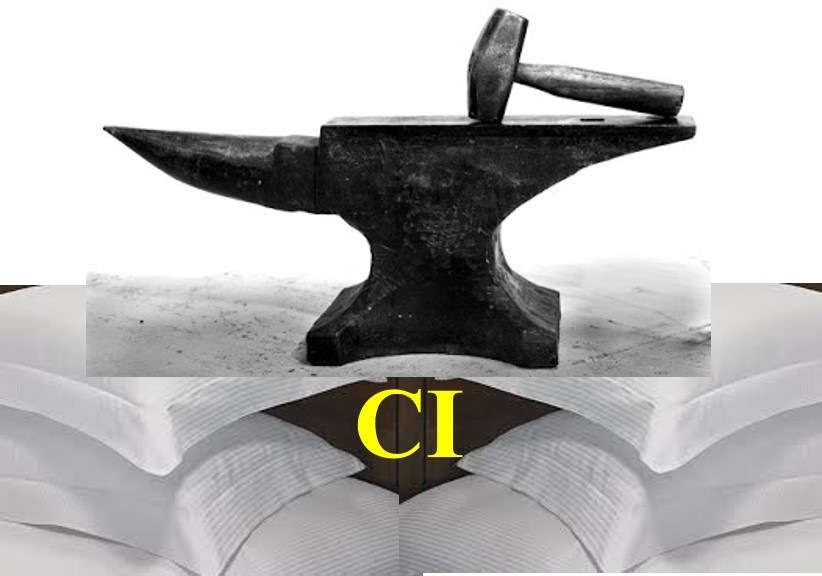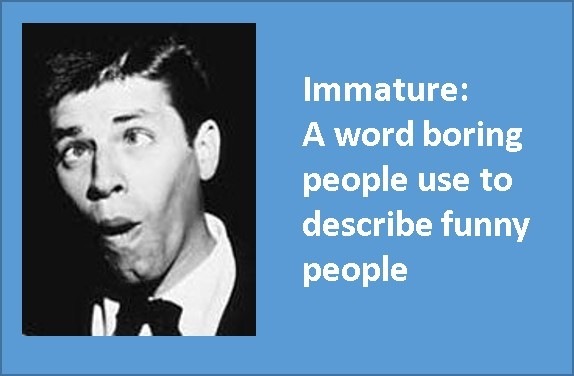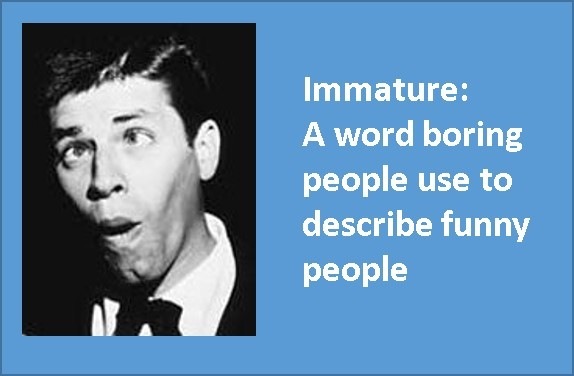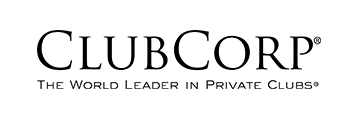Hard and Soft Skills in Continuous Improvement

First, a shout-out to Kelly Eager, who put Dr. Richard Taylor and I together to deliver 4 weeks of continuous improvement (CI) training to a group of operations common process specialists.
It was an unlikely collaboration. Ric is a professional engineer, a statistician, a Lean Six Sigma Master Black Belt, a quant-jockey par-excellence; I am a “change guy,” who has worked getting leaders and their people aligned in order to make the improvement actually happen sustainably. We come at continuous improvement from opposite sides – Ric – the numbers side - Alan – the people side. We didn’t really have much in common in the beginning. Somehow Kelly saw that there was power if we could figure out how to make it work. Now almost 10 years later, the power is there. So, thank you, Kelly.
As Ric and I have talked over the years we have come to the conclusion that many continuous improvement initiatives shift the balance in one direction or the other – towards hard skills, numbers, analysis, systems and structures or towards soft skills, people, engagement, team-building and communications. In our view, both hard and soft skills are equally important.
Soft Skills – Problem Definition
Calling problem definition a soft skill is a bit of an oxymoron because in all of continuous improvement, it is the hardest thing to do. Figuring out “what problem you are trying to solve” requires an understanding of the strategic priorities, the processes that underlie them, what is currently happening with those processes that shouldn’t be happening (defects), and what is going well that you don’t want to break (constraints).
But the fact is, the only way to define an improvement opportunity is to walk the process and talk with the people who are doing the work, including process users, process owners, and even senior leaders. This requires a non-threatening, helpful demeanor and an ability to ask good questions.
“What is actually happening? Does it happen all the time? How do you know? What is currently working that we want to be sure not to mess up? What would success look like? Does that ever happen? Do we have to solve this entire problem at once or could we break it down?”
Defining the problem often gets dismissed–“We know what the problem is – get on with solving it!”- but it is where improvement projects most often fall apart – fixing the symptom over and over again, never getting to the root cause.
CI work is done in teams – often a small core team of 5-7 people and an extended group, which includes part time subject matter experts and critical stakeholders. So leaders must understand team formation, dynamics and leadership as well as small group facilitation and meeting management.
Hard skills – Metrics and Measurement
Let’s be clear. Continuous Improvement, CI, can be most simply described as:
Measure – Improve- Measure again – Repeat
So the first hard skill is obviously understanding the appropriate metric and the process of measuring it in a way that’s repeatable (by the same person) and reproducible (by another person). There are statistical methods of measurement systems analysis (MSA), but they are based in structured data collection and analysis. Design of Experiments (DoE) is often viewed as the most technical of skills, but underneath is the scientific method:
Observe - Form a Question- Hypothesize -Experiment- Analyze – Draw Conclusions
Soft Skills – Metrics and Measurement
Just as people must agree with the definition of the problem, they must also agree about how we will measure success. Every CI training program has something called stakeholder analysis.
Trainees are taught to identify everyone who touches their project. They are then taught various ways to classify stakeholder support, Red-Yellow-Green, Influence/support grids or radar charts. The worst of these teach clever derogatory names (blocker, terrorist, smile-in-your-face) and everyone is told to keep these “confidential – to the team. Just imagine what would happen if you left this in the photocopier.” Of course, if you use these derogatory labels, you’ve already degraded how you think of these people, which will affect your ability to gain their support.
Stakeholder analysis misses the point. Team members must talk to stakeholders and win their support. This involves being able to communicate the benefit of your project simply, to ask for concerns, listen to them, respond non-defensively and act on those concerns that you can. Presentation, negotiation, small group facilitation are all soft skills that are critical.
Hard Skills – Analysis and Solution testing
In some CI disciplines like Lean there are some standard solutions to common problems –e.g. getting rid of wasteful steps and bottlenecks, getting value enabling steps out of the customer line of sight. However, for more complex problems caused by variation and interaction of multiple inputs, statistical analysis methods have a huge pay-off. Statistical hypothesis and analysis tests (ANOVA, Regression, Chi square, and Logistic Regression) point to root causes and evaluate solutions to resolve those causes. (There are software programs that help with this (Minitab, JUMP, SPSS.) Of course, solutions are then also tested in the real world in pilot and field tests, which involve people and the soft skills necessary to manage them.
Hard and Soft skills – Control and Sustainability
One of Ric’s favorite teaching points is “monitor outputs, but control inputs.” He gets people to understand that lagging output metrics tell you that something is wrong, but the leading indicators (inputs) that cause what’s wrong is where you take action to control the process. So he insists on control charts and scorecards on the input side of the transfer function (y=ƒ(x) or output is a function of the process activities times the inputs).
Control and sustainability are the result of “hard” and “soft.” The “hard” are the feedback mechanisms like control charts, KPIs, response triggers and action plans, structures, systems and procedures that signal when the process is off-track; the “soft” are the new behaviors, beliefs, and habits formed through individual, small and large group meetings during the improvement process, that reinforce the new process sustainability over time.
So thanks again, Kelly Eager, for putting Ric and me together. You helped not only your company, but all our clients since and into the future. It has also been a lot of fun.
Articles from Alan Culler
View blog
“What problem are we trying to solve?” is a question that can be delivered dripping with withering M ...

The late, great Jerry Lewis as a young comedian · “You are only young once, Alan, but you can be imm ...

The late, great Jerry Lewis as a young comedian · “You are only young once, Alan, but you can be imm ...
Related professionals
You may be interested in these jobs
-

Electrician to change TV antenna plug on wall, install light points
Found in: Handyman CS US - 3 hours ago
Direct apply
beBee Handyman St. John, KS, United States FreelanceI am in need of an Electrician service with the following characteristics in St. John, KS:Type of work to be done · Changing TV antenna plug on the wall, installing light points, installing LED lighting · What type/s of accessories or equipment need to be installed or checked? · ...
-

Optometrist - Montgomery AL
Found in: SonicJobs Direct Apply US - 6 days ago
Direct apply
MRG Exams Montgomery, United StatesMRG Exams, a leader and premier service provider of independent medical examinations is looking for a part-time Optometrist to perform comprehensive eye exams on United States Veterans as part of the VA's SHA process. The Optometrist will be responsible for reviewing medical heal ...
-

Bartender
Found in: Lensa US 4 C2 - 2 days ago
ClubCorp West Columbia, United StatesBartender in , SC at Capital City Club - Columbia **Location:** · **Job Description** · Bartender Responsible for beverage control, accurate pouring of product, general cleanliness of bar, and providing a quality of service that meets Members expectations. Consistently display ...
Comments
Alan Culler
6 years ago #2
thanks, Ali I'll have a look.
Ali Anani
6 years ago #1